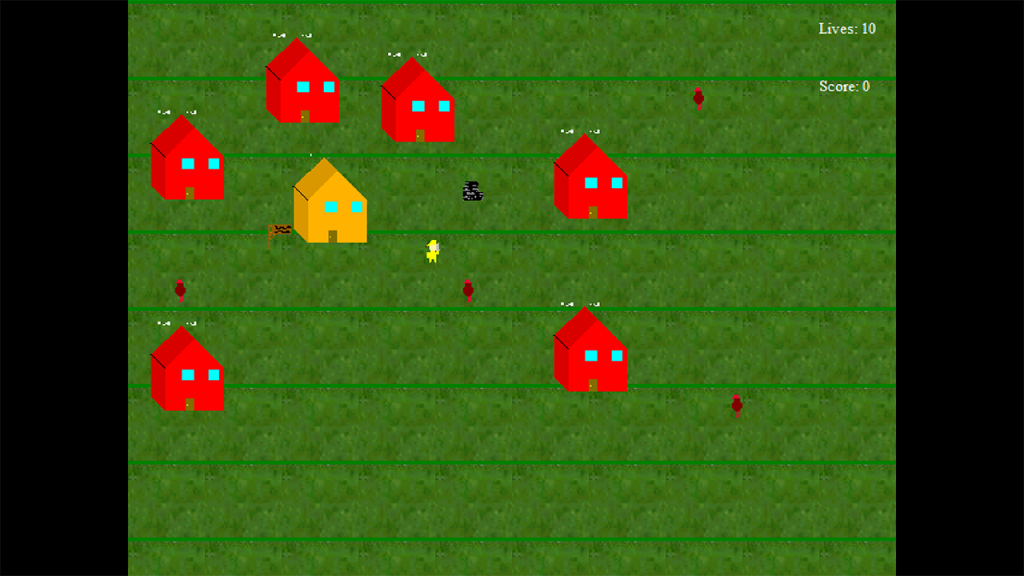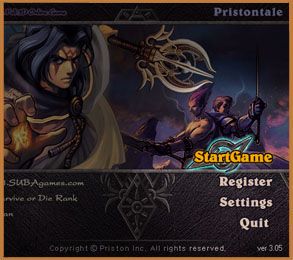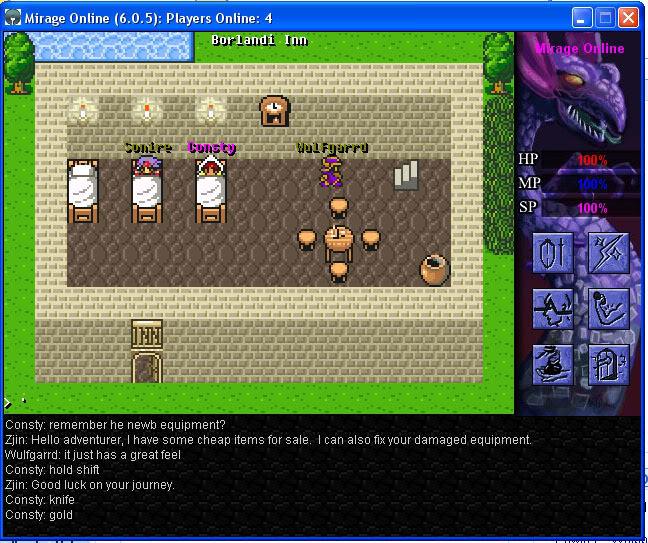Ever since I was ten years old (back when I was fascinated with GameMaker v3.x, way back in the year 2001) I’ve been interested in making games.

I was trying to make retro games like the ones from the SNES; however, a combination of not understanding pixel art and never actually playing a game on a SNES made it difficult. I released games under the monicker “FlashBack Games” for quite a couple years and even went by “Flashbstudios” as a handle for much longer. A quick google search still reveals some of the posts I made in a few forums that still exist. As an aside, it wasn’t until I signed up for the Priston Tale US Beta (in 2002) that I went by Raygoe.

I began to want to make games similar to the ones I played back then which were mostly N64 and PS2 games. I downloaded Caligari trueSpace 3.2 and started making my first 3d models back then. My focus was practicing 3d art for quite some time on platforms like Active Worlds.
From Art to Programming
The first time I remember watching my father working, he was writing this application in Python. He named it Czar and it kept track of my mother’s eBay listings. I had never seen anyone, until then, programming and then I knew that’s what I wanted to do.
My father made a great attempt at teaching me Python, which is still one of his preferred languages. As I began learning it, I had begun to try other languages instead. Namely, the ones that my father had compilers for in his office: Borland Turbo C, Visual C++, and Visual Basic 6. I liked C, hated C++ and really liked Visual Basic. I also had an old 70’s era book teaching BASIC from the Elementary School (which was probably the extent of their software engineering section back in the early aught’s).
The one thing that goes together with game development and Visual Basic was, of course, Mirage Source. It was an old 2d top-down game engine written in Visual Basic way back in the day.

There were years of playing with networking, blitting with DirectDraw, implementing scripting, learning proper pixel art, but most of all studying programming languages. I studied Visual Basic (of course), but also C++, Java and eventually C#. When I was young, a new programming language meant that I could communicate with different people who preferred those languages on the internet.
That process of learning is what also drove me to also study DirectX (and later OpenGL) so that I could make my own game without relying on an engine. That mentality held me back for a long time, of course. Although, I did end up releasing at least a few games of my own: Voided Alliance and Castles of Astora.

It’s been many years since then and my interest in game development has faded. The path of game development led me into web games (Voided Alliance being an example of one.) That allowed me to get my first position as a web developer. It wasn’t long after that when I transitioned into software engineering.
One of the benefits of working full-time as a software engineer, though, is having no more time to waste on fruitless pursuits. A few years ago, I decided to finally give Unreal Engine and Unity a chance. I’m glad I did, because they automate so much of what I used to find so tedious doing it myself.
That’s what this series is going to be about. I’m going to look at both Unreal and Unity and compare and contrast them.
References
- [1]: Image sourced from Reddit.
